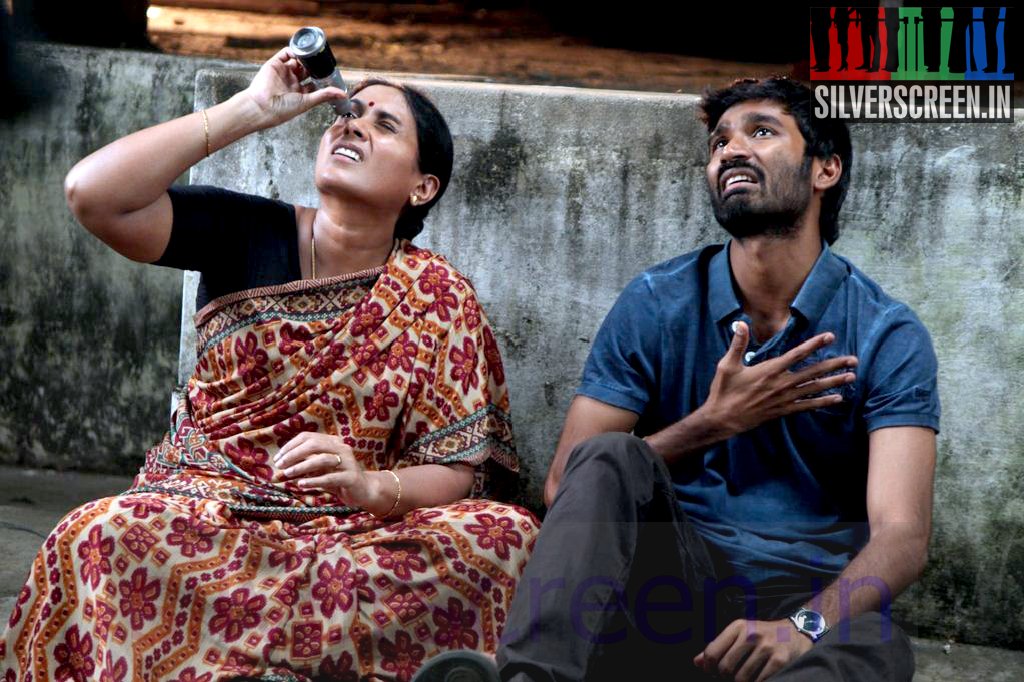In a theatre far away from Tamil Nadu, five boys eagerly picked up tickets to watch the latest star vehicle. They were going to listen to their mother tongue on the big screen and watch their favourite star in action. When the show concluded, the cleaning staff had a tough time shaking them awake.
Needless to say, this film has been celebrated by fans long before its release, and mostly panned by critics. The rest of the film-going crowd sat through the movie, pondered about why certain choices were made, and got nostalgic about earlier hits of the star in question.
Star vehicles are called so for a reason — they are vehicles to showcase the star’s prowess, and cater to his ‘fans’, a demographic about which little is known, other than that this legion of people can go to any extent to ensure its ‘star’ does well.
Over the years, we’ve seen many star vehicles fall by the wayside, let down by poor scripts, bad production values, more focus on the ‘moments’ than the journey of the characters, and overly-hyped up drama and star introduction scenes. But, how many of them have succeeded at the box office?
That’s a big mystery.
Though many put out advertisements proclaiming a film’s success — vetri is usually preceded by adjectives such as vibareetha (strange) and thaaru maaru (a slang for awesome) — not many make money for distributors, the last link in the film business chain.
Says Tirupur M Subramaniam, President, West Zone Theatre Owners Association: “In 2017, the only two films that have made money for us so far are Baahubali and Vikram Vedha. All the others films, including VIP2, Bhairavaa and Singam 3 were loss-making propositions.”
He wishes for a system where stars would focus less on the brouhaha surrounding a film and get down to the basics. Get the script right, he says. And, make films on a reasonable budget. “Star salaries itself make up 70 per cent of a film’s budget. How will the film make money? To ensure there is footfall, one commercial ingredient after another is added. But, it dilutes the entire movie-going experience,” he says.
But, is that not what the so-called fans want? “Fans make up 5 per cent of the audience. If you keep pandering to them, you’ll definitely alienate the remaining 95 per cent,” he says.
A top actor, speaking on condition of anonymity, says that as a star, it sometimes gets very difficult when a film does not go the way it has been narrated. “By that time, you’re too far involved and too much money has been invested to stop filming or take a call to change track. So, how does one decide? Do I go by the director’s record? Or, what my strengths are? But, I can’t keep doing the same kind of movies. I need a good mix. And so, sometimes, despite knowing something might not be commercially remunerative, I take it up, simply because it satisfies the actor in me.”
Another issue is that the number of multiplexes in Tamil Nadu is barely 10 per cent of the total 1,000-odd screens. A substantial number of single screens are in far-flung areas, mostly non-air-conditioned and cater to a different audience. “So, who do I make a movie for? The multiplex audience, which is in the mood to accept anything that is different or the single-screen viewer who wants ‘entertainment’ after a hard day at work? The tragedy now is that the same film has to pander to both. We need more multiplexes to make niche films that are classy.”
Subramaniam also says that ticket prices must be regulated. Despite the cap being Rs. 120, some manage to sell them at premium during star releases, and this keeps family audiences away, he says.
Will some honesty in the collection figures serve as a wake-up call to the industry? Definitely, he says. “Some advertise that a film has crossed Rs. 100 crores, without mentioning it cost Rs. 120 crores to make,” he laughs.
To help bring quality back to the big screen and to let people know how a film has really done, from October, the Tamil Nadu Film Distributors Federation plans to declare the losses suffered by distributors. “This will serve two purposes. It will prevent newcomers to the distribution business from buying unviable films at a huge cost, and it will show what a film’s business has really been like,” says Subramaniam. Going one step further, plans are afoot to computerise ticket sales across the state, so that no one can fudge revenue data.
Recommended
Speaking wistfully of the positive changes in Bollywood, Subramaniam cites the example of Dangal, a money-spinner both in the country and outside. The film starred Aamir Khan, who has managed to strike gold with every genre of film he dabbles in. Even Shah Rukh Khan is game to experiment, with projects such as Fan, Dear Zindagi and Raees, even if the films don’t do too well commercially.
“In Dangal, Aamir Khan is not in the frame from scene one. His introduction is not like that of a star. Only when our actors live their characters and not their stardom on screen will we be able to consistently make such movies,” he says.
And, never reach a state where the audience has to be shaken awake after a show concludes.



